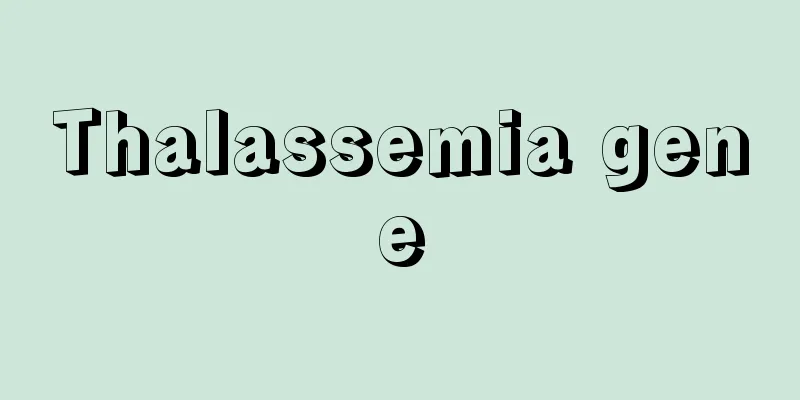How to treat a pituitary tumor

|
There are many methods that can be used to treat pituitary tumors clinically. Different treatment methods are often used according to different disease characteristics. Generally, doctors will customize treatment plans according to the actual situation of the patient, perhaps using a single treatment method or using several treatment methods in combination. So, how to treat pituitary tumors? Treatment of pituitary tumors: 1. Surgical treatment Except for prolactinoma, which is generally treated with drugs first, all pituitary tumors, especially macroadenomas and functional tumors, especially those that compress the central nervous system and optic nerve bundle, should be considered for surgical treatment if drug treatment is ineffective or intolerable. Unless the macroadenoma has extended to the sella turcica and parasellar, it is necessary to consider craniotomy and transfrontal approach to remove the tumor. For tumors in the sella turcica, transsphenoidal microsurgery is generally used to remove microadenomas. The surgical cure rate is 70% to 80%, and the recurrence rate is 5% to 15%. Postoperative complications such as temporary diabetes insipidus, cerebrospinal fluid rhinorrhea, local hematoma, abscess, and infection are low, and the mortality rate is very low (1%). For large adenomas, especially those that develop above or beside the sella turcica, the surgical cure rate is reduced, postoperative complications are increased, diabetes insipidus and hypopituitarism occur more frequently, and the mortality rate is also relatively increased, which can reach 10%. 2. Radiation therapy Conventional radiotherapy and external irradiation such as high-energy ion irradiation and linear accelerator therapy are used for pituitary tumors. The efficacy in shrinking tumors and reducing hormone secretion varies, and the need to quickly relieve pressure on adjacent tissue structures is not satisfactory. As time passes after radiotherapy, the function of the pituitary gland is inevitable (50% to 70%), with GH, GN, ACTH, and TSH deficiencies. Radiotherapy is often used as an adjunct to surgical treatment, and the efficacy of gamma knife in treating pituitary tumors is yet to be determined. Side effects include hypopituitarism (long-term follow-up and hormone replacement therapy are required), optic neuritis and visual impairment, as well as brain atrophy and cognitive impairment. 3. Drug treatment With the long-term and in-depth research on drug treatment, it is now known that bromocriptine should be considered first for prolactinoma, which can reduce the prolactin level in the blood to normal, shrink the tumor, and has a better effect than surgery. However, hyperprolactinemia and tumor enlargement can reappear after stopping the drug, so long-term use is required. Dopamine D2 receptor agonists pergolide and cabergoline are also effective. No fetal malformation has been found in the use of bromocriptine, so it has little effect on pregnancy, but for safety reasons, it should still be stopped during pregnancy. Octreotide can be used for growth hormone secreting tumors, which can restore plasma GH and insulin-like growth factor-L (IGF-1) to normal in half of the patients. Octreotide is also suitable for TSH secreting tumors, which can reduce serum TSH levels and shrink tumors. Those with hypopituitarism can use target gland hormone replacement therapy. The above is an introduction to how to treat pituitary tumors. I hope it will be helpful to you. |
<<: What is the cause of thyroid cancer
>>: Will glioma be passed on to the next generation?
Recommend
What should liver cancer patients eat to recover from primary liver cancer? Dietary precautions
What should liver cancer patients eat? With the c...
The efficacy and contraindications of quail eggs
Quail eggs can be used to replenish qi and blood....
What are the symptoms of primary liver cancer? 5 symptoms of primary liver cancer
Primary liver cancer is a very common malignant t...
Washing powder formula and production method
Washing powder is very common in our daily life, ...
What are the symptoms of nasopharyngeal carcinoma? What is the dietary treatment for nasopharyngeal carcinoma recurrence and lymph node metastasis?
Nasopharyngeal carcinoma brings a lot of pain to ...
What does intracavitary ultrasound check?
In daily life, most people may not know about int...
Is it good to have a mole on the neck
Moles are the accumulation of melanin in our body...
What to do if your intraocular pressure is high? Three factors cause high intraocular pressure
People with high intraocular pressure should pay ...
What to do if you are allergic to egg white
Eggs are very common and are very nutritious. Eat...
Three common methods for diagnosing colon cancer
With the advancement of modern medical technology...
Non-surgical treatments for prostate cancer
Prostate cancer is a common malignant tumor that ...
Six foods that freshen your breath
The first one: tea Soak the tea leaves in boiling...
Malignant prostate cancer is not a “death sentence”
Lao Gao is over 80 years old this year. Although ...
What are the reactions to lack of sleep
The human body has a biological clock. After all,...
6 major symptoms of mid- to late-stage rectal cancer
The middle and late stages of rectal cancer refer...









